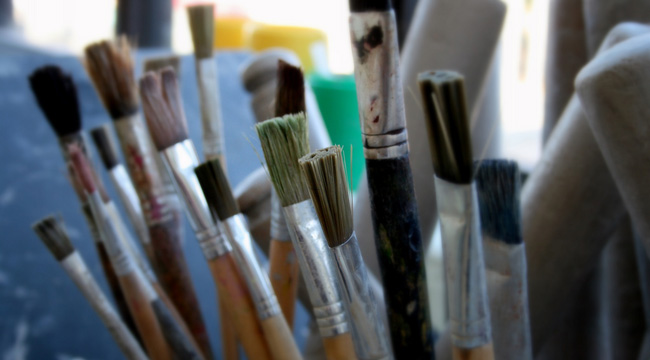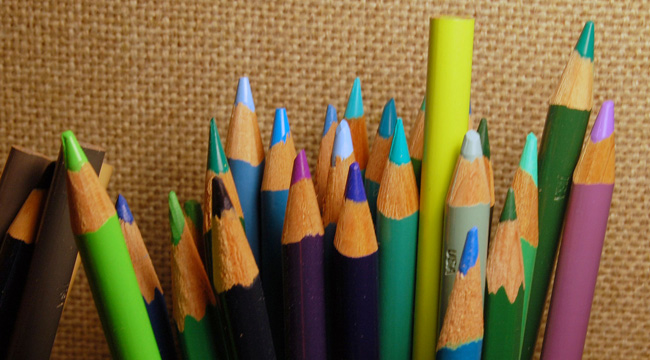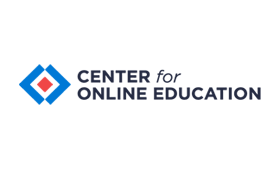A fine arts education — including music, theater, drawing, painting, or sculpture — whether in practice or theory, has been a part of any well-rounded curriculum for decades — but that may be changing. Many schools today are cutting back or eliminating their art programs due to budget constraints. It is estimated that by the end of this year, more than 25% of public high schools will have completely dismantled them. These stats aren’t just bad news for teachers working in the arts, such as those at traditional schools for dance or online colleges for photography. Numerous studies done over the past decade have demonstrated the amazing benefits of such an integral education facet. Students who don’t have access to art classes may not only miss out on a key creative outlet, but might also face greater difficulty mastering core subjects, higher dropout rates and more disciplinary problems.
You don’t have to take our word for it — you can read the studies yourself. Here, we’ve listed some of the biggest on the arts in education conducted over the past decade. Taken on by research organizations, college professors and school districts themselves, the studies reveal the power of art to inspire, motivate and educate today’s students. And, of course, demonstrate what a disservice many schools are doing by undervaluing such an integral part of their education and development.

-
A 2002 report by the Arts Education Partnership revealed that schoolchildren exposed to drama, music and dance are often more proficient at reading, writing, and math.
While school districts might be tempted to think the arts a frivolous part of the educational system, this report suggests otherwise. It looked at over 62 different studies from 100 researchers, spanning the range of fine arts from dance to the visual arts. In 2002, it was the first report of its kind to look at the impact of art on academic performance. Using this data, researchers determined that students who received more arts education did better on standardized tests, improved their social skills and were more motivated than those who had reduced or no access. While researchers at the AEP admitted that art isn’t a panacea for what ails struggling schools, the study led them to believe it could be a valuable asset for teaching students of all ages — especially those in poor communities or who need remedial education. With so many online colleges for design options, students in every demographic can pursue a higher education. An updated report with consistent results was conducted by the same researcher in 2010.
-
The 2006 Solomon R. Guggenheim Museum study on art education showed a link between arts education and improved literacy skills.
The study was the result of a pilot program through the Guggenheim called Learning Through Art, which sent artists into schools to teach students and help them create their own masterpieces. Kids who took part in the program performed better on six different categories of literacy and critical thinking skills than those who did not. While students did better on an oral exam, they did not on standardized, written literacy tests — a disparity researchers said could exist because they did not emphasize written communication in the program. Program organizers believe the improvements were the result of students learning valuable critical thinking skills while talking about art, which could then be applied to understanding and analyzing literary materials. Students could even take these skills further at online colleges for creative writing or broadcast journalism.
-
In 2007, Ellen Winner and Lois Hetland published a study stating the arts don’t actually improve academic performance, but it shouldn’t matter.
Winner and Hetland head up an arts education program called Project Zero at the Harvard Graduate School of Education, so they are by no means opponents of creative expression. Yet in their 2000 study, they found little academic improvement in math, science, and reading in their arts education program enrollees. While the backlash from their report was swift and brutal, the researchers stuck by their findings. And for good reason. They believe it shouldn’t matter whether or not art courses improve test scores or grades, and that art education should garner support for what it offers on its own merit — not in relationship to anything else. Regardless, their study did reveal that arts education has some larger benefits which can’t be easily quantified through test scores. Namely, it helps students improve visual analysis skills, learn from mistakes, be creative and make better critical judgments.
-
A 2005 report by the Rand Corporation called “A Portrait of the Visual Arts” argues that art education does more than just give students a creative outlet. It can actually help connect them to the larger world, ultimately improving community cohesion.
A bold assertion, but not one without merit. Students from lower income families often get little exposure to the arts if they are not provided by schools. The report shows that arts education can help close the gap between socioeconomic groups, creating a more level playing field between children who may not be exposed to these enrichment experiences outside of school and some of their more privileged peers.
-
Teachers and students alike benefit from schools that have strong art climates, a 1999 study called “Learning In and Through the Arts” demonstrated.
People have been so wrapped up in showing how arts education benefits students, many haven’t stopped to consider how it also impacts educators. The report studied students at 12 New York, Connecticut, Virginia and South Carolina schools to compile their results. Not only were students at schools with high levels of art education earning higher scores on critical thinking tests, but teachers also seemed happier. Part of the increase in their satisfaction was a result of their charges, who were found to be generally more cooperative and expressive and enjoy a better rapport with educators. That wasn’t all, however, as teachers at schools that emphasized arts education enjoyed greater job satisfaction, were more interested in their work and likely to be innovative and pursued personal development experiences. It’s not a trivial finding, as what is good for instructors is often very good for their students as well. This is something those at online colleges for education should keep in mind.

-
The Center for Arts Education published a report in 2009 that suggests arts education may improve graduation rates.
Taking a look at the role of arts education in New York public schools, this report found that schools with the lowest access also had the highest dropout rates. Conversely, those with the highest graduation rates also had the greatest access to arts education and resources. While there are undoubtedly a number of other factors that play into graduation rates, the research in this study and others like it (most notably The Role of the Fine and Performing Arts in High School Dropout Prevention, which you can read here) has found that many at-risk students cite participation in the arts as their reason for staying. Participation in these activities has a quantifiable impact on levels of delinquency, truancy and academic performance.
-
A 2011 study called “Reinvesting in Arts Education” found that integrating arts with other subjects can help raise achievement levels.
Arts education may not just help raise test scores, but also the learning process itself, as a recent study revealed. This report on the Maryland school system found that skills learned in the visual arts could help improve reading and the counterparts fostered in playing an instrument could be applied to math. Researchers and school officials believe that arts education can be a valuable education reform tool, and classroom integration of creative opportunities could be key to motivating students and improving standardized test scores. Taking it a step further, online colleges in Maryland, for example, are creating post-secondary education opportunities for students in the state.
-
A study of Missouri public schools in 2010 found that greater arts education led to fewer disciplinary infractions and higher attendance, graduation rates and test scores.
Using data submitted by the state’s public schools, the Missouri Department of Education and the Missouri Alliance for Arts Education compiled this report. They found that arts education had a significant effect on the academic and social success of their students. Those with greater arts participation were more likely to come to class, avoid being removed and graduate. Additionally, they demonstrated greater proficiency in mathematics and communication. Many have aspired to online colleges in Missouri, or other states. Similar studies of other statewide education systems have discovered nearly identical results.
-
In “Neuroeducation: Learning, Arts and the Brain,” Johns Hopkins researchers shared findings showing that arts education can help rewire the brain in positive ways.
While proponents of arts education have long asserted that creative training can help develop skills translating into other areas of academics, little research had been done to investigate the scientific component. Aspects of training in the arts, like motor control, attention and motivation, were studied by researchers who participated in the report, with some interesting results. In one four-year study, students undertaking regular music training were found to have changes in their brain structures helping them transfer their motor skills to similar areas. Another found students motivated to practice a specific art form and spent time with focused attention increased the efficiency of their attention network as a whole, even when working in other areas of study — and it improved their fluid IQ scores. Other studies reported similar scientific findings on the arts’ impact on the brain, showing that sustained arts education is can be essential part of social and intellectual development.
-
A 2009 survey, part of the “Nation’s Report Card: Arts 2008” report, found that access to arts education opportunities hasn’t changed much in a decade.
Many of the problems that plagued arts education programs in schools ten years ago are still major issues today, this survey revealed. Middle school students across the nation haven’t seen an increase in access to music and visual arts education, and their understanding of its tenets remains low — especially in certain disenfranchised socioeconomic and racial groups. Many believe the numbers are even worse today, as the survey was conducted prior to the economic woes that have paralyzed many schools systems in recent years. As in 1997, the 2008 survey showed that only 47% of students had access to visual arts education, and just 57% to music education. The survey attempted to look at theater and dance programs, but since so few schools offer them, they were dropped from the study.
